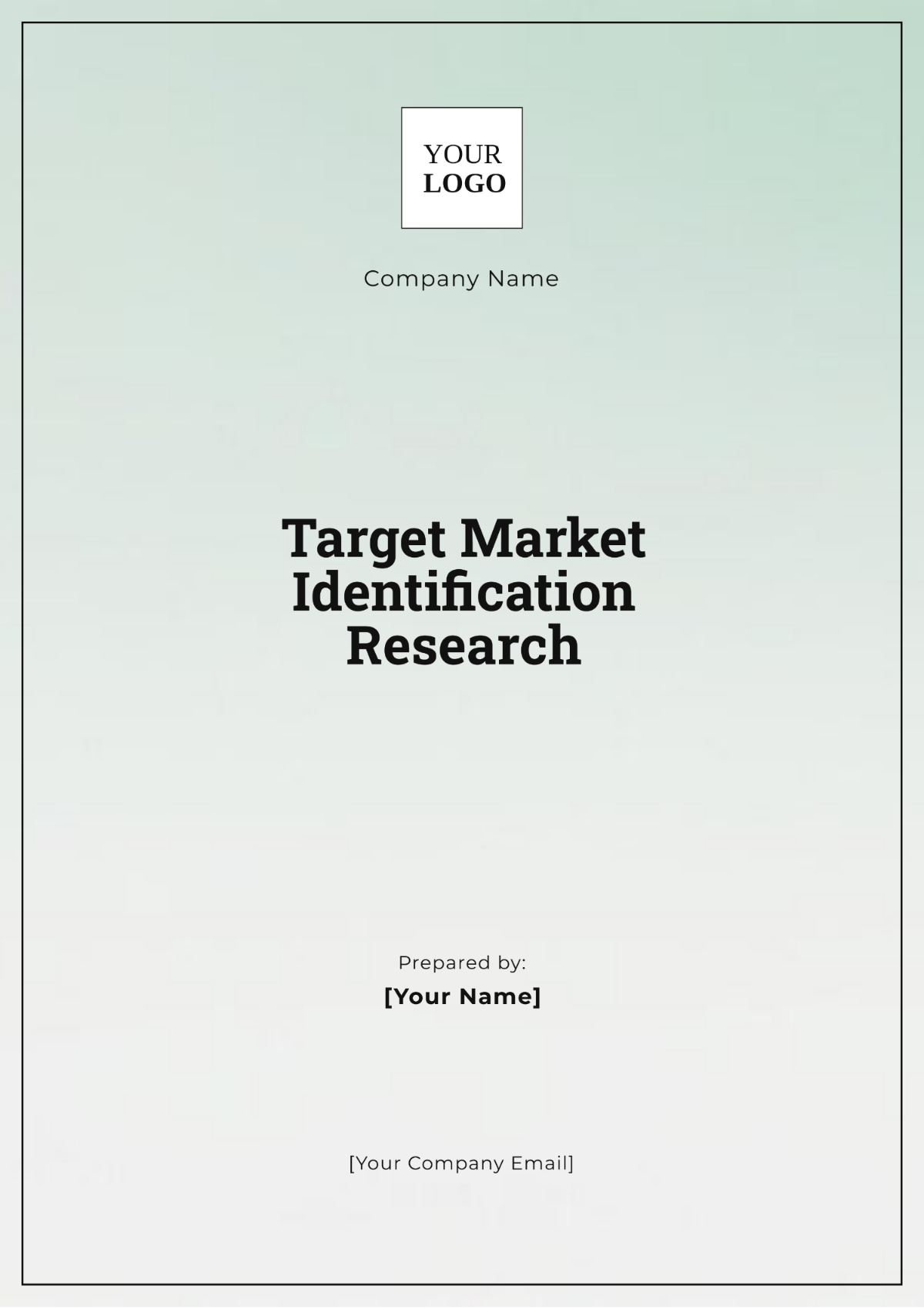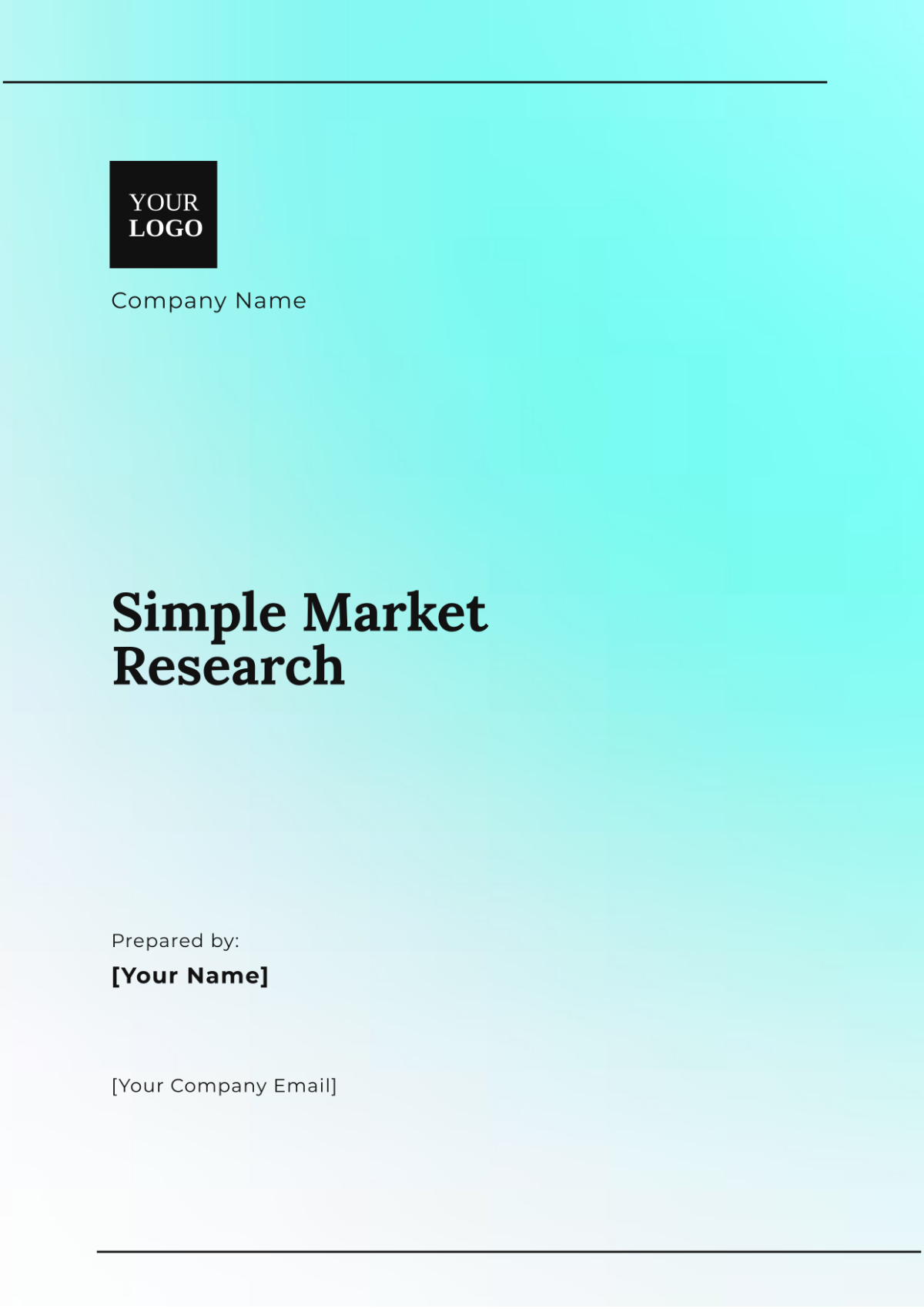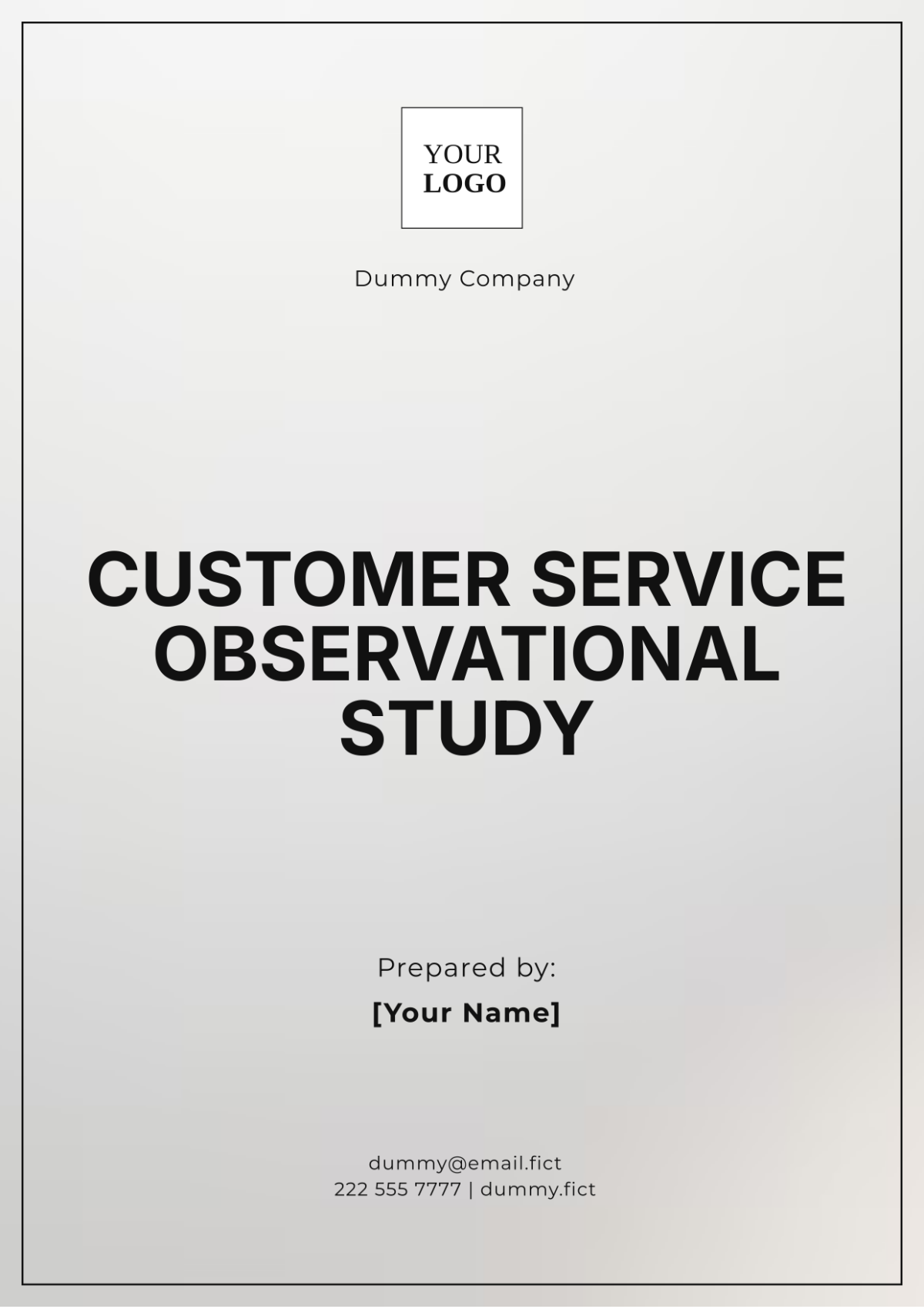Consumer Insights Qualitative Research
Consumer insights: qualitative research is an invaluable tool for understanding the underlying motivations, preferences, and attitudes of consumers. This research approach explores the "why" behind consumers' purchasing decisions, offering rich, detailed data that quantitative methods may miss. This document delves into the facets of qualitative research, its methodologies, applications, and implications for businesses.
I. Introduction to Qualitative Research
Qualitative research seeks to answer questions of how and why people behave in certain ways. It differs from quantitative research, which focuses on numerical data and statistics. Qualitative research methods are particularly effective in gaining deep insights into consumer behaviors and preferences.
II. Methods of Qualitative Research
Several methods are used in qualitative research to gather comprehensive consumer insights. These methods include:
A. Interviews: One-on-one discussions to explore individual consumer experiences.
B. Focus Groups: Group discussions to gauge collective attitudes and perceptions.
C. Ethnography: Observation of consumers in their natural environments to understand real-life behaviors.
D. Case Studies: In-depth analysis of a single case or a small number of cases to explore complex issues.
E. Content Analysis: Examination of communications to identify patterns and themes in consumer discourse.
III. Applications of Consumer Insights
Consumer insights derived from qualitative research can be used in various business applications, such as:
A. Product Development: Understanding consumer needs and preferences to create products that better meet market demands.
B. Marketing Strategy: Tailoring marketing messages and campaigns to resonate with target audiences.
C. Customer Experience: Enhancing customer interactions and satisfaction by addressing pain points and expectations.
D. Brand Positioning: Defining and communicating a brand's unique value proposition based on consumer perceptions.
IV. Challenges and Limitations
While qualitative research offers deep insights, it also comes with challenges and limitations:
A. Subjectivity: The data interpretation can be subjective, influenced by the researcher's perspective.
B. Generalizability: Results are often based on small sample sizes and may not be statistically generalizable to the broader population.
C. Time-Consuming: Data collection and analysis in qualitative research can be time-intensive.
D. Resource-Intensive: Requires skilled researchers and often more resources compared to quantitative research.
V. Data Analysis Techniques
Qualitative data requires rigorous analysis to uncover meaningful insights. Common techniques include:
A. Thematic Analysis: Identifying recurring themes and patterns within the data.
B. Narrative Analysis: Exploring stories and personal accounts to understand how consumers make sense of their experiences.
C. Grounded Theory: Developing theories based on the data collected during the research.
D. Content Analysis: Systematic coding and categorizing of textual information to identify patterns and trends.
VI. Role of Technology in Qualitative Research
Technology has significantly enhanced qualitative research through:
A. Online Surveys: Facilitating broader reach and more diverse participant recruitment.
B. Text Analytics: Automating the analysis of large volumes of textual data.
C. Video Conferencing: Enabling virtual interviews and focus groups, overcoming geographical barriers.
D. Social Media Monitoring: Providing real-time insights into consumer opinions and behaviors.
VII. Ethical Considerations
Ethical issues are critical in qualitative research and must be addressed to protect participants and ensure trustworthy results. Key considerations include:
A. Informed Consent: Participants must be fully informed about the research purpose and provide their consent.
B. Confidentiality: Ensuring participant data is handled securely and anonymously.
C. Non-Intrusive Methods: Employing techniques that respect participants' privacy and autonomy.
D. Transparency: Being clear about the research process and how the data will be used.
VIII. Conclusion
Consumer insights: qualitative research provides essential information for understanding deeply rooted consumer behaviors and preferences. By leveraging various qualitative methods, businesses can obtain valuable insights that aid in product development, marketing strategies, and enhancing customer experiences. Despite its challenges, the rich, detailed data acquired through qualitative research is instrumental in making informed business decisions.
IX. References
Boyce, C., & Neale, P. (2006). Conducting in-depth interviews: A guide for designing and conducting in-depth interviews for evaluation input. Pathfinder International.
Kitzinger, J. (1995). Qualitative research: introducing focus groups. BMJ, 311(7000), 299–302.
Corbin, J., & Strauss, A. (2014). Basics of qualitative research: Techniques and procedures for developing grounded theory. Sage Publications.
Patton, M.Q. (2002). Qualitative research & evaluation methods. Sage Publications.
Silverman, D. (2016). Qualitative research. Sage Publications.

















































